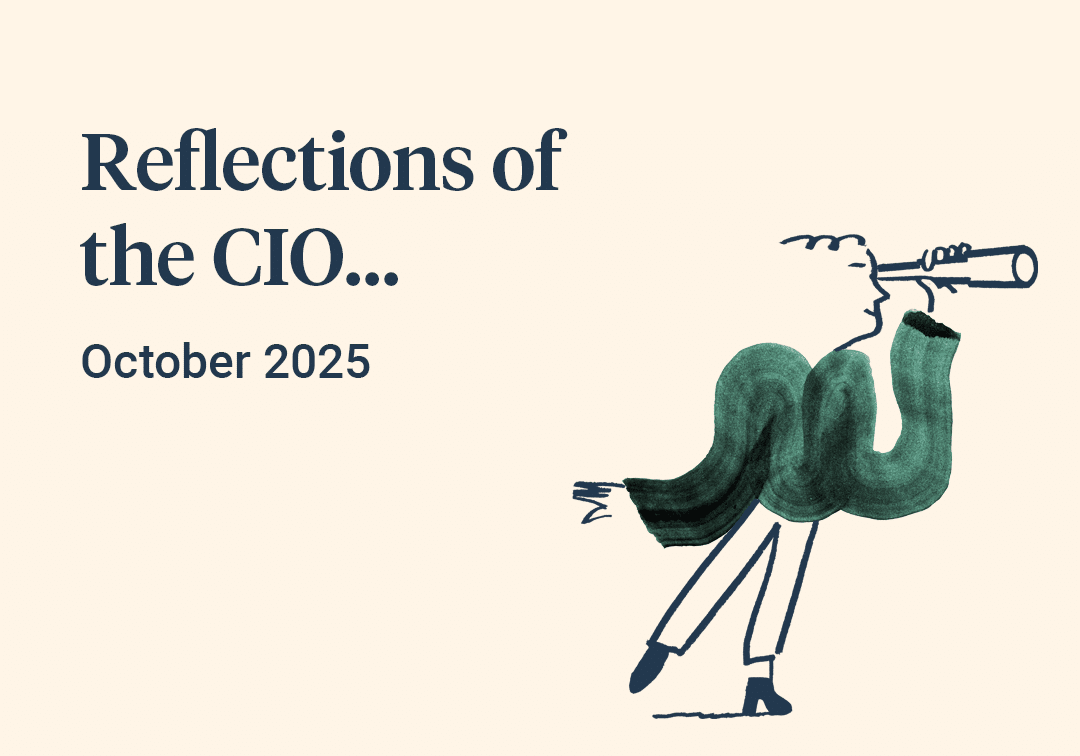Headlines for the final few months of 2024 were mostly dominated by politics and politicians across the world, diverting investor attention away from less entertaining and harder to read economic trends. In the end, however, the importance of the real economy in driving market performance reasserted its influence in December, leaving investors with much to think about as the New Year begins.
December began with a continuation of November’s trend of US assets with US equities particularly enjoying the re-election of Donald Trump, anticipating the benefits of tax cuts and ‘de-regulation,’ and shrugging off the implications of aggressive trade and foreign policies. There were signs of over exuberance, with cryptocurrencies shooting up at the same time as retail demand for leverage to ‘play the market,’ but for much of November and into December there was little to stand in the way of ‘America First’ in investment performance.
Gravity ultimately reasserted itself in mid-December when the Federal Reserve made clear that the battle to bring inflation under control was not yet over, and would likely prove harder to do given the ongoing strength in the domestic US economy. Their forecasts for the future guided to fewer interest rate cuts than many had expected and provided the excuse for the post Trump election rally to unwind. Bond yields rose and equities fell, with the last few weeks of the year proving particularly weak and managing almost to bring market indices back down to where they roughly were at the beginning of the quarter, and negative for the month overall.
The year as a whole, though, was a good one for market and portfolio returns. The optimism surrounding falling inflation and interest rates, together with the emergence of a strong technology theme (artificial intelligence), was enough in the end to see off the risks surrounding stretched government balance sheets and a messy, confusing political environment. Investor short termism was also a key feature of the year, with few willing to look much beyond a few months into the future, given that the level of interest rates in a highly leveraged financial system was inextricably linked to fickle, short term data releases.
These themes are still very much present and leave us with an interesting situation as we think about positioning for the year ahead. On the one hand, there is now much greater clarity on the key issues that will matter to markets, for example inflation trends and US trade policy, but these issues also remain frustratingly difficult to forecast with any degree of certainty. We don’t know if the initial ‘maximalist’ positions of President Elect Trump will morph into something less disruptive to the global economy, nor are we any clearer on working out if the next few inflation prints will continue to fall, or tick up again, potentially igniting a renewed bout of jitters in global bond markets. Investors and markets, after a good 2024, are in a ‘wait and see’ mode currently, until the intentions of the new US administration become clearer and enough inflation data is released to allow conviction to build on underlying trends. Whilst in this ‘wait and see ‘ mode there is also a notable – and perhaps slightly worrying – degree of consensus about how the key issues will eventually play out. Opinion is heavily leaning on US outperformance continuing at the expense of rest of world assets – be that in currencies or equities – with few willing to take the plunge and bet against the relative momentum of America First.



